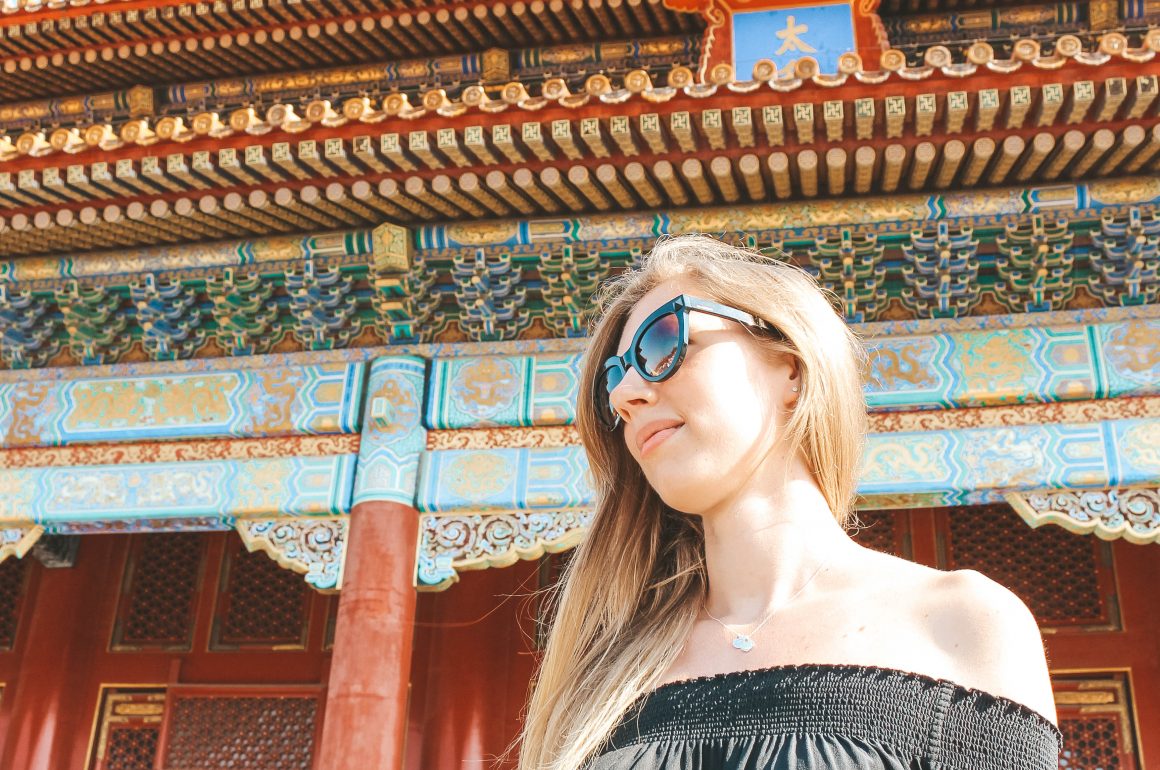
Historical information about the Forbidden City
The Forbidden City is the best-preserved imperial palace in China dating back to the Ming and Qing dynasties. It is one of the largest ancient palatial structures in the world. Nowadays called the Palace Museum it was nominated in 1987 as World Cultural Heritage by UNESCO. The Forbidden City has a rectangular structure with – the numbers run from 8,707 to 9,999 – rooms, covering 183 acres and is surrounded by a 20-ft deep moat and a 33-ft high wall with a gate on each side including four corner towers. All the major buildings are wooden structures roofed with bear yellow glazed tiles, red walls and surrounded by a white marble terraces. The Forbidden City is divided into two parts: the Outer Court (or Southern Section) where the Emperor held the office of his supreme power over the nation and the Inner Court (or Northern Section) where the Emperor lived together with his family, through 1924, 14 Ming and 10 Qing emperors had lived here.
Useful Information
• Try to avoid weekends and Chinese holidays
• Be there as early as possible to avoid large groups
• Avoid tour vendors on the street
• Wear comfortable shoes
• Take a bottle of water with you
• Don’t forget your sun protection
• Schedule your visiting time and plan together with Tiananmen Square & Jinshan Park and keep in mind that tickets are not sold after 3:30/4:00pm
Our second day in China was as breathtaking as our first one. We got up super early – in this case thank you jet lag – and took a cab to Tiananmen Square. With a business card from our hotel, which included a list of most of the tourist spots in the Chinese language, together with our offline maps on our phones, we felt prepared. Our cab driver drove us to Tiananmen Square, where we entered the Forbidden City through the Meridian Gate (South Gate). The Meridian Gate is north of Tiananmen Square and the only entrance into the Forbidden City for tourists. You have to pass several checkpoints to reach the ticket counter. Once you’ve got your ticket – your actual adventure will start. The Meridian Gate will lead you into a square which is pierced by the meandering Inner Golden Water River. This river is traversable through five large bridges. This square is inside the Outer Court, facing north you will get a glimpse of the Gate of Supreme Harmony. On the East and West Side, you will find the Glorius Gate, two other entrances to the Forbidden City, but keep in mind both of them are not for tourists! Once you’ve passed the Gate of Harmony you are inside a large, incredibly beautiful square. On the north side of the square are three large white marble terraces. Three halls stand on top of these terraces, the focus of the palace complex. The largest one is the Hall of Supreme Harmony, the two smaller ones are Hall of Central Harmony and Hall of Preserving Harmony − facing from South to North. All three halls − mentioned above − feature imperial thrones. In the same square, you can visit the Halls of Military Eminence and Literary Glory.
The deeper we dove into the city, the more intrigued I was by the tiny details on every building. Mythical animals at each roof corners are characteristics in Chinese architecture and show at the same time superiority. The animals on the ridge of the ancient buildings, for example are the kissing dragon, the phoenix, the lion, the heavenly horse and the sea horse. Their practical function is simple: Preserving the eaves during storms. Inside the center of the Inner Court, we can see another set of three halls, facing north, Palace of Heavenly Purity, Hall of Union and Palace of Earthly Tranquility. Still speechless, we tried to spy every little detail inside this mystical, antic city and continued walking north. After we had passed all Palaces and Halls in this corner we reached the Imperial Garden. A small and compact designed hidden spot, which contains several landscaping features.
Inside this pretty garden, we took a long break, hiding under a tree from the hot sun and gave our feet a much needed rest. This little area is surrounded by pretty trees − far away from the crowd − we were able to enjoy this mystical atmosphere. After recalling the past 24 hours, we had already spent in Beijing, still jet-lagged and filled with adrenaline, we continued our walk facing north and reached the final Gate of Divine Might which is the last one and exit at the same time. Once you’ve passed this Gate there is no way back into the Forbidden City. Outside the Forbidden City, you will immediately notice Jingshan Park (also known as Prospect Hill) across the street. Don’t try to cross the street − it’s impossible, take the safer underpass − you will find the entrance to your left side.
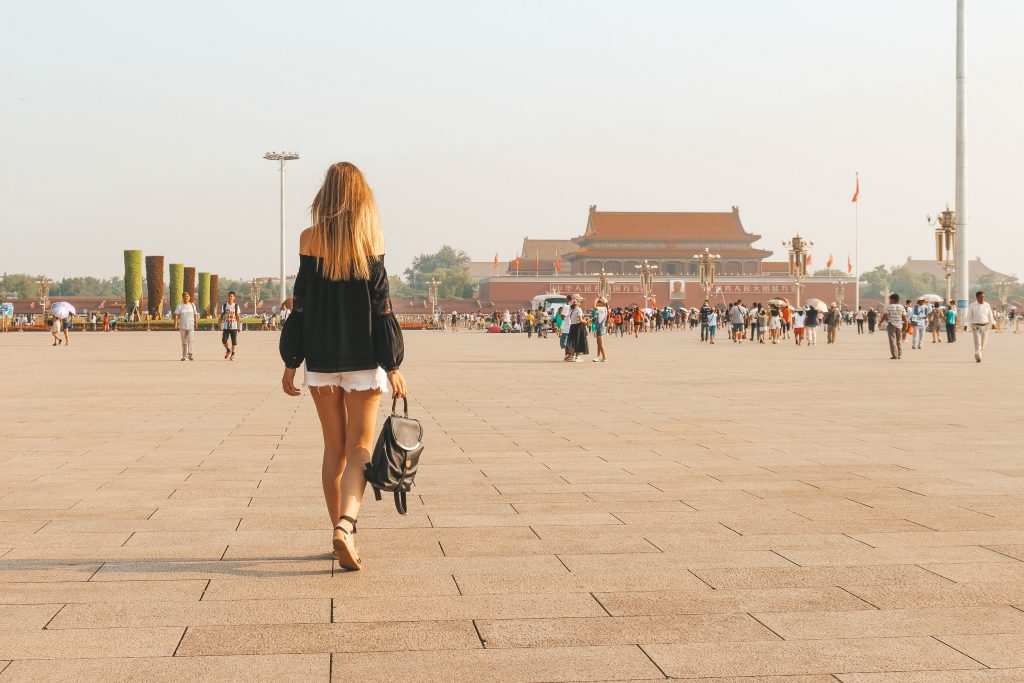
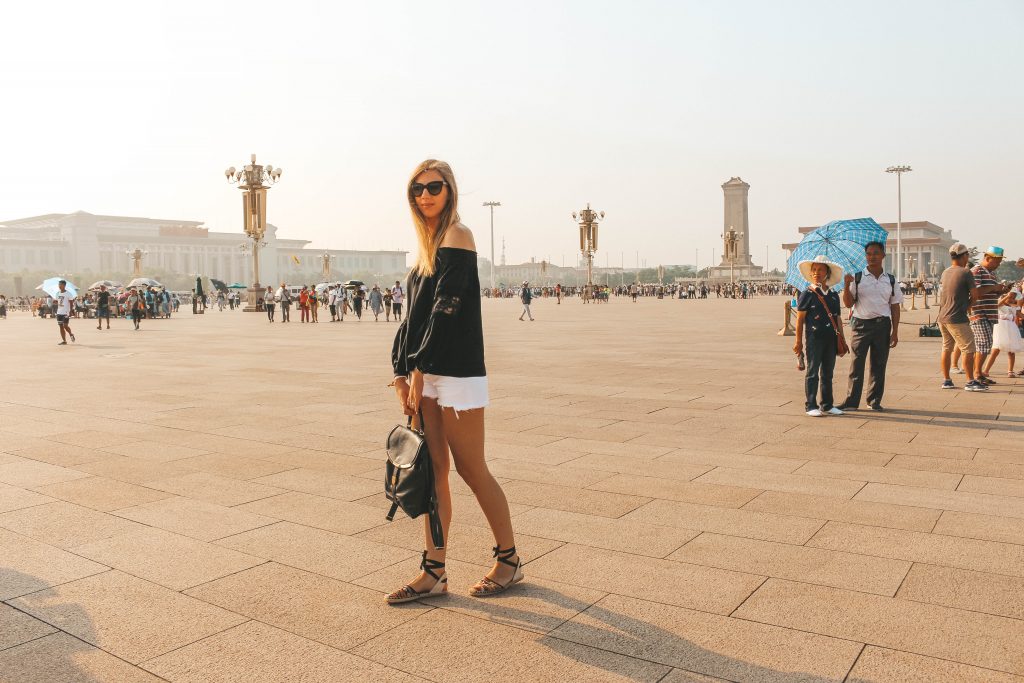
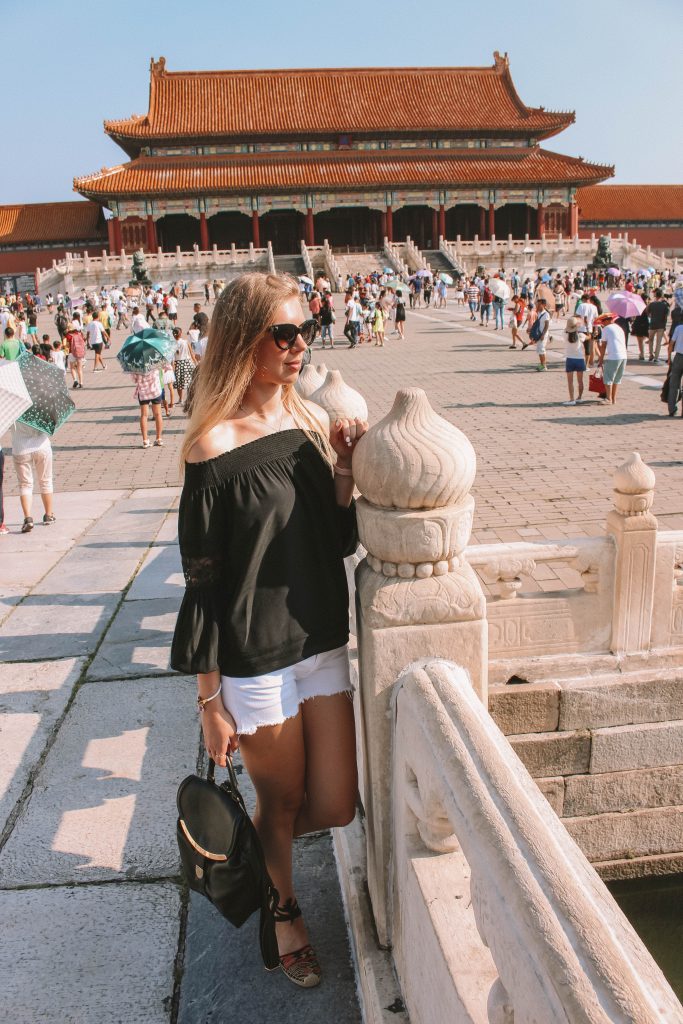
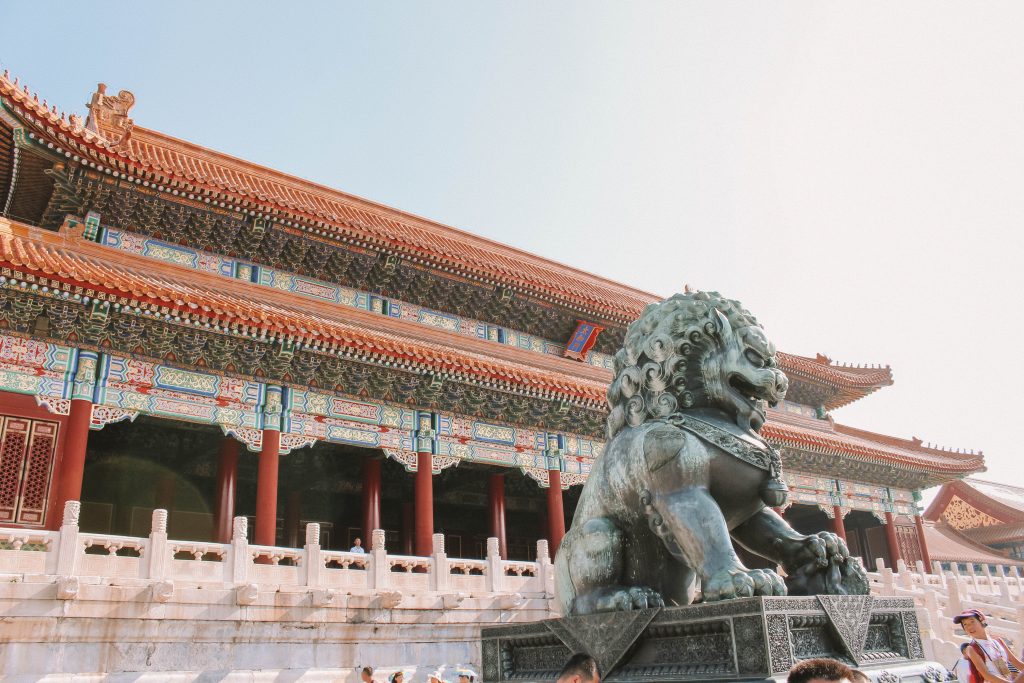
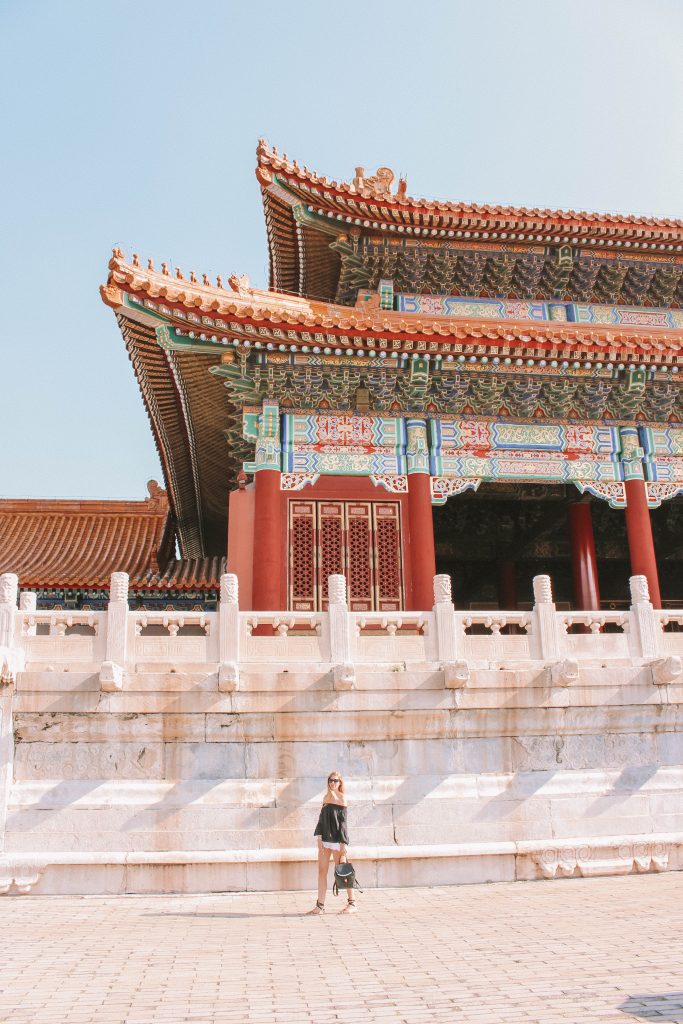
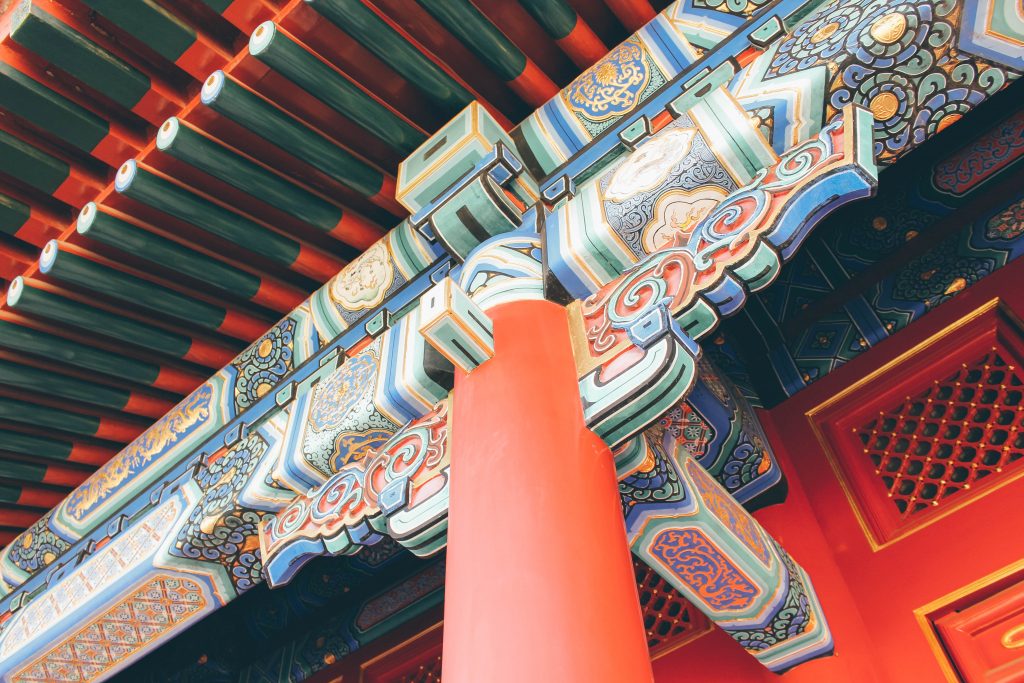
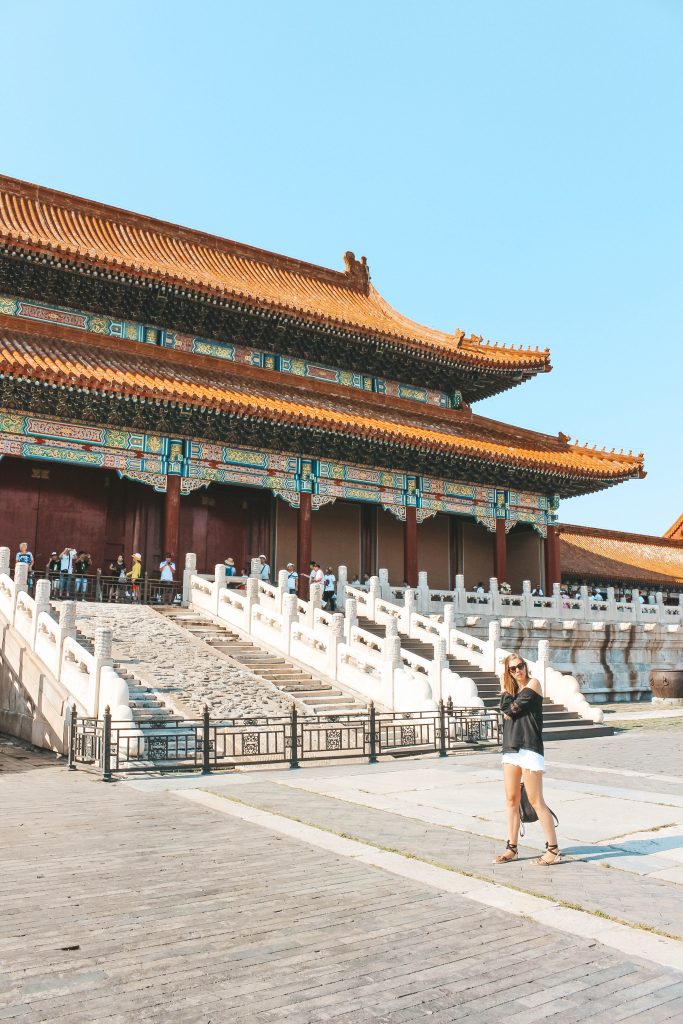
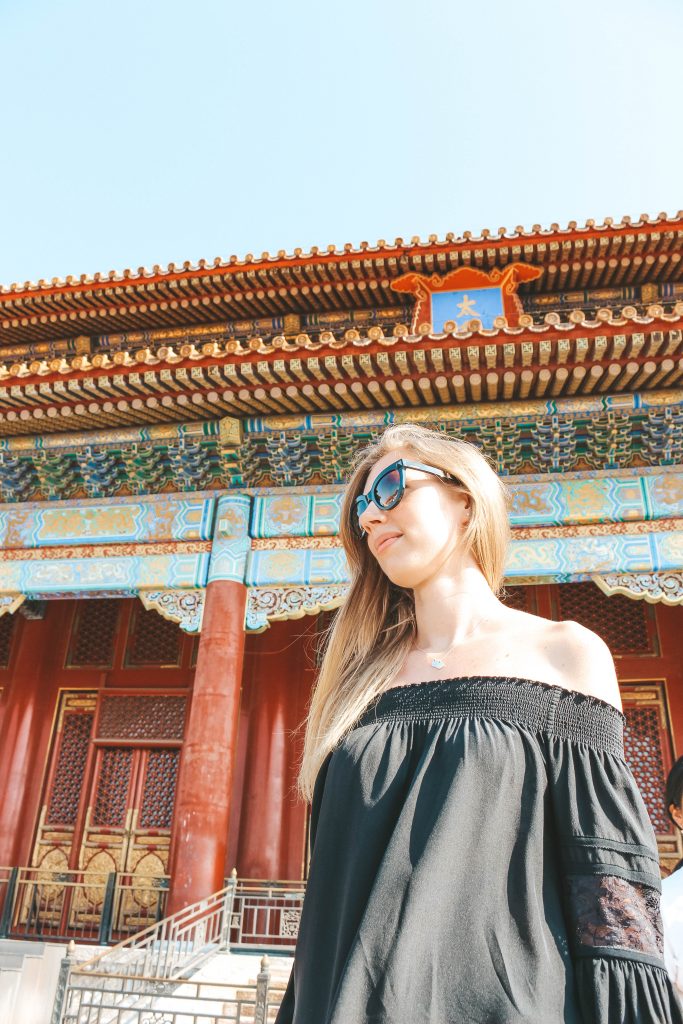
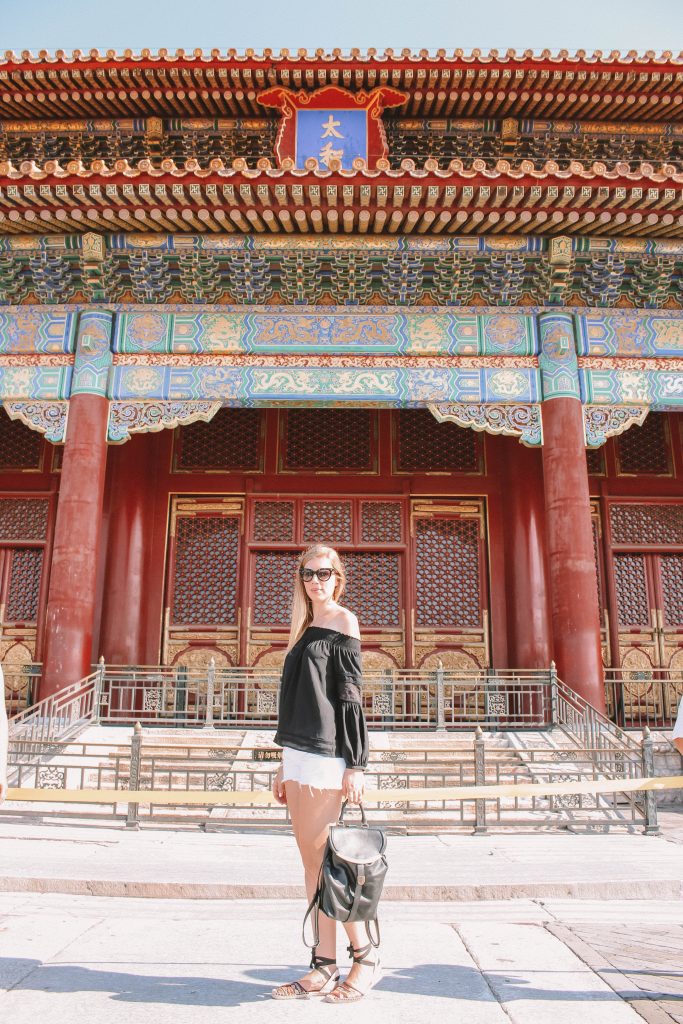
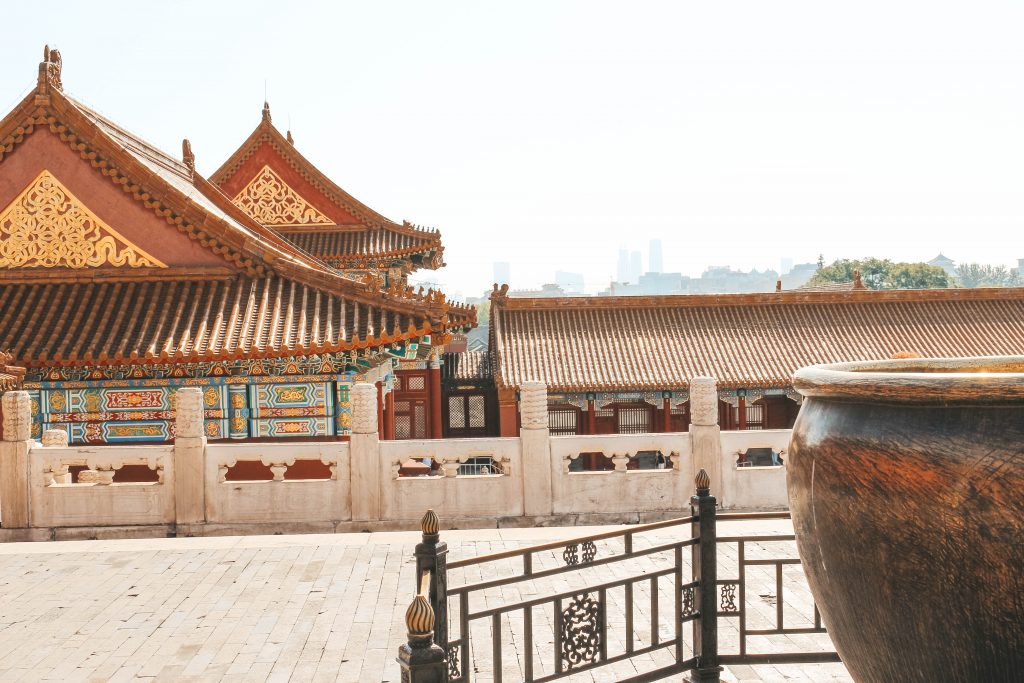
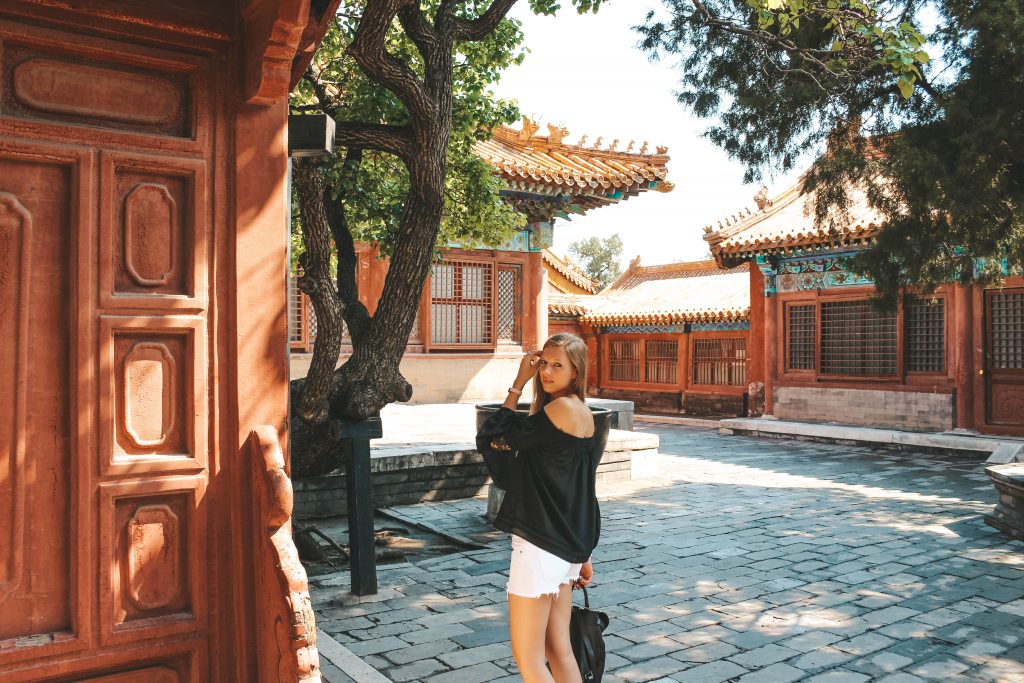
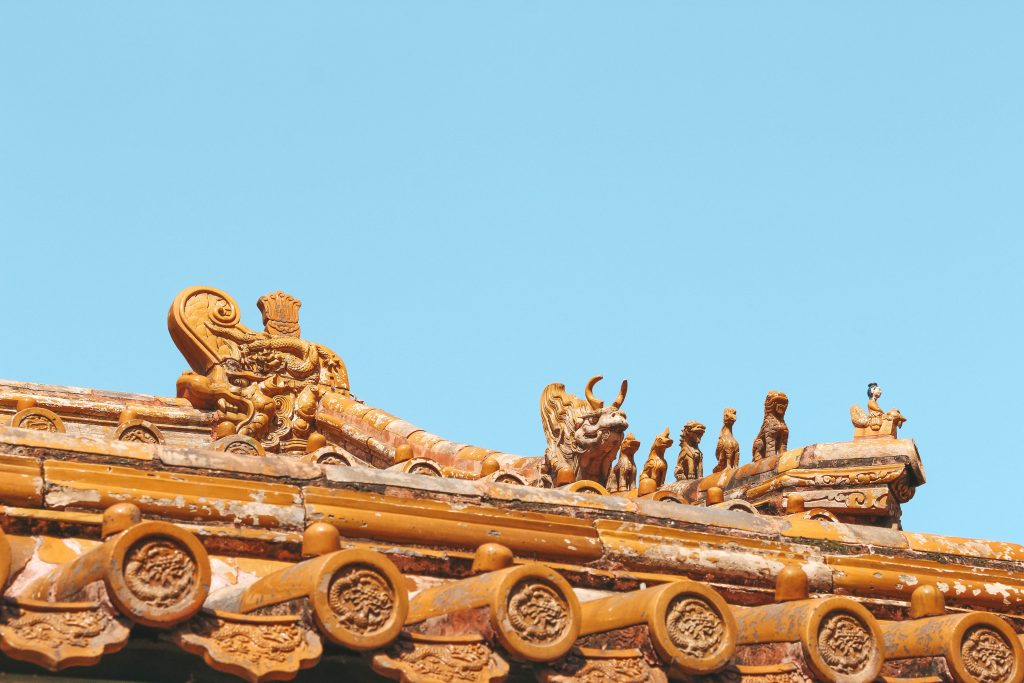
After we got out tickets for the park, we walked up the stairs to get on top of the hill. The whole park is built in a beautiful royal landscape scenery which boasts several charming planted areas, including the biggest peony rose garden. 10 minutes later we found ourselves on top and got recompensed with an incredible 360-degree view over Beijing and the Forbidden City. We sat there for a while and enjoyed every second of our spectacular view. The Forbidden City looked like a major, antic palace from another century surrounded by the modern, bustling Beijing with its skyscrapers and modern style.
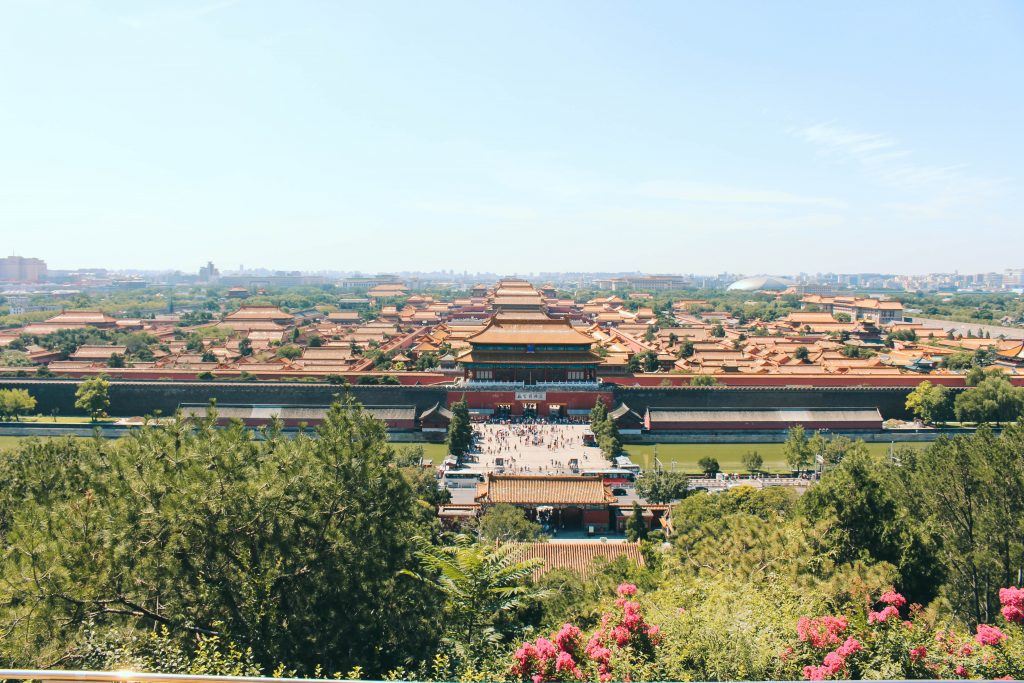
I couldn’t tell exactly how long we stayed inside this pretty park, it must have been late afternoon when we left the park and went to a restaurant close to the park. The first time we stepped into a typical Chinese restaurant we had no idea how to order food, the good news are, most of the restaurants do offer an English menu or at least a menu covered with pictures. Filled with super delicious beef noodles we walked back to our hotel − our next adventure was waiting. An overnight train ride from Beijing to Xian − which was our second stop on this adventure.
We left Beijing with a warm and happy feeling. Filled with breathtaking memories, sublime city sceneries from Jingshan Park incredible, antic palaces, a walk on the Great Wall of China, got a glimpse of the Temple of Heaven, enjoyed tasteful meals, visited a traditional tea house and got a chance of meeting super friendly locals. We only spent two full days in Beijing but we immediately fell in love with the country and its culture.


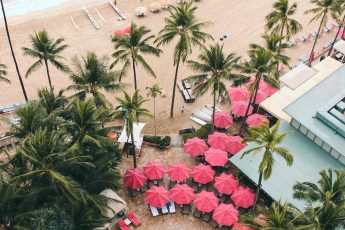
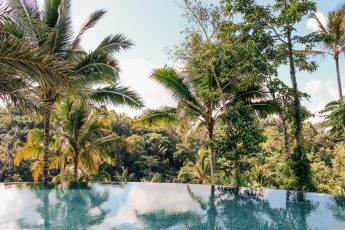
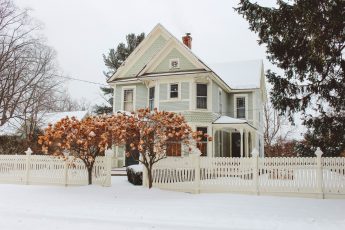

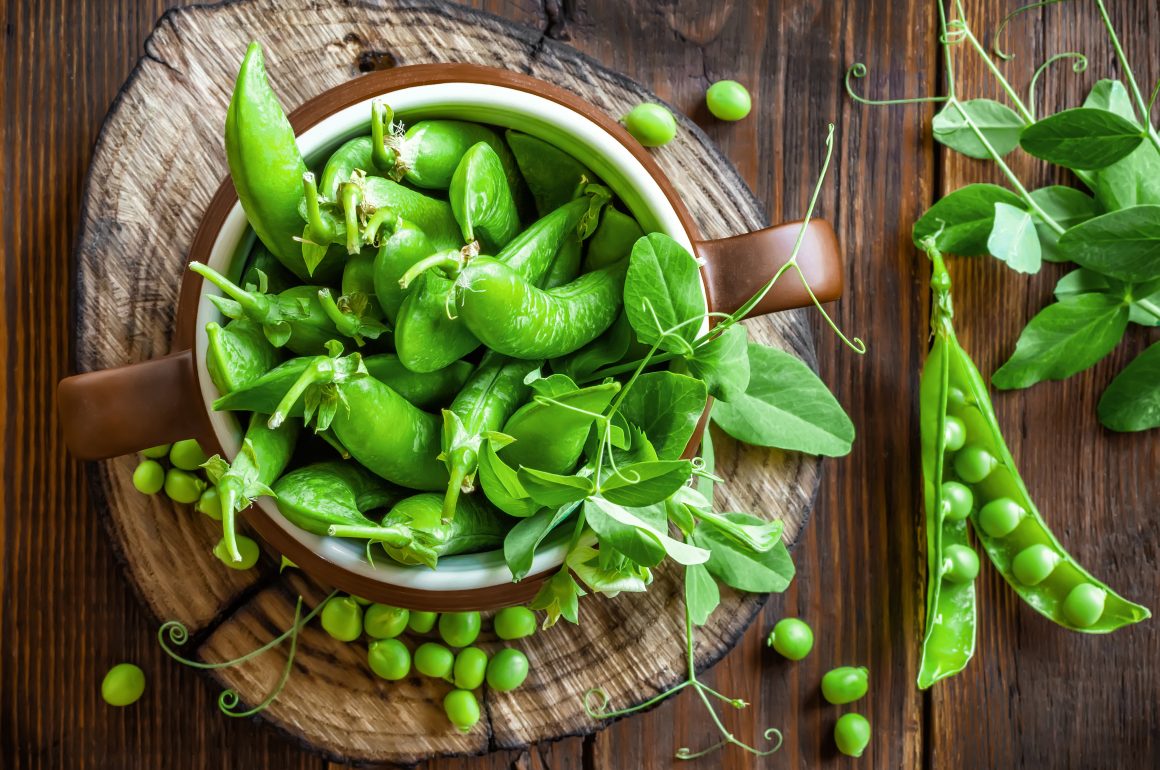

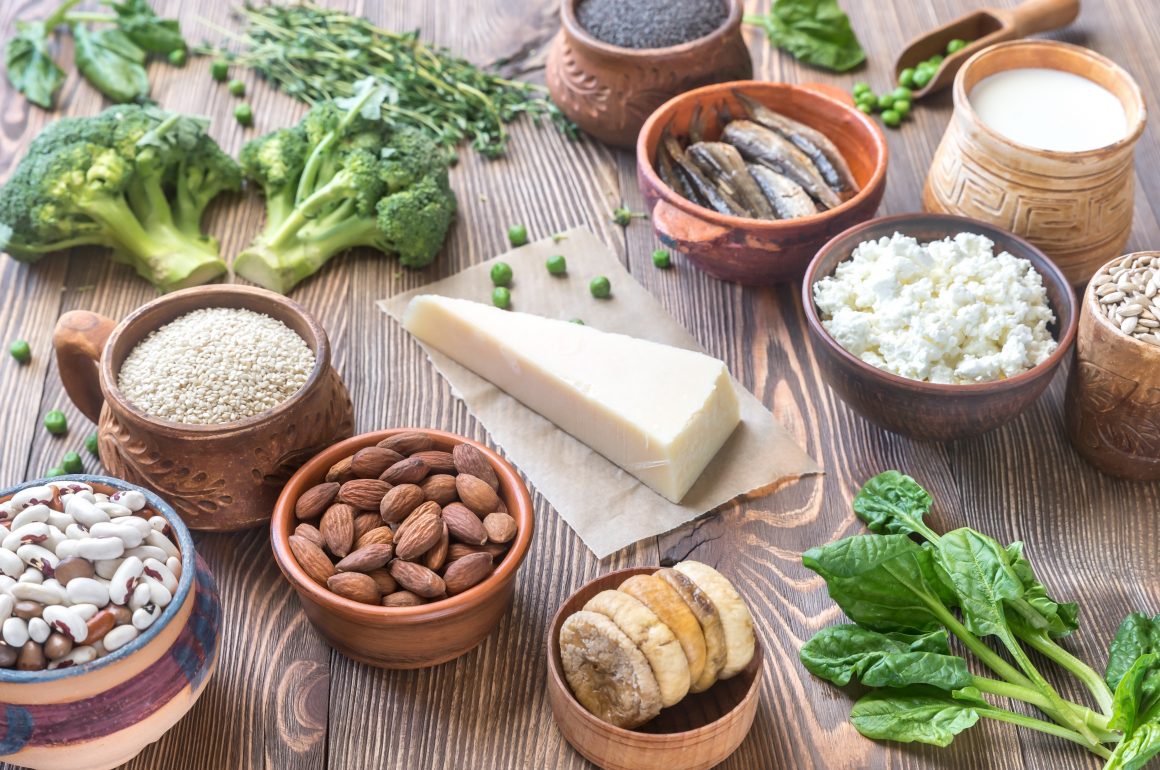

Leave a Comment